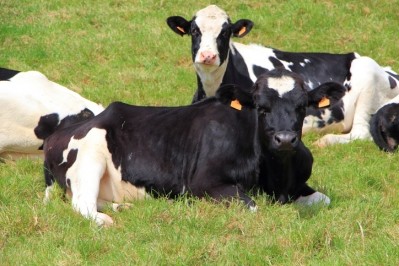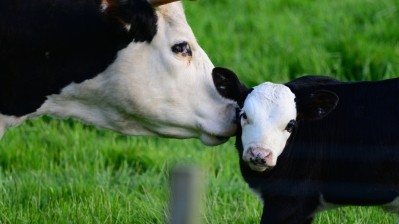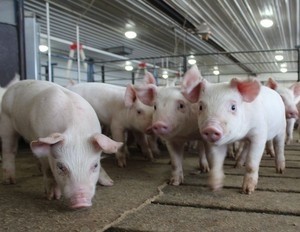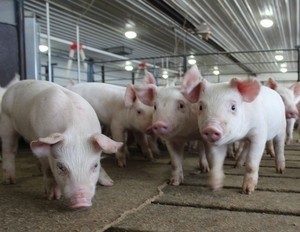'Light birth weight is not a limiting factor for piglets' - Nutreco

“Light birth weight is not a limiting factor for piglets. The first weeks post-weaning are more important than birth weight for predicting the fate of a piglet - targeted nutrition in the first six weeks of a piglet’s life will determine future performance and also next generational impact,” said Dr Sandra Paredes, piglet researcher at Nutreco division, Trouw Nutrition.
She was speaking to this publication after the Dutch feed group’s global launch of the LifeStart early animal nutrition concept for swine at a symposium in the Netherlands last month.
The company said the program, through a combination of nutrition and management, is aiming to refine healthy piglet rearing, in order for those animals to narrow the gap between genetic potential and performance on farm.
“Low weight piglets suffered from an early stress factor, but they can catch up. We are highlighting how the composition of the microbiota relates to the piglet’s immunity, and the role nutritional intervention plays in ensuring a stable gut and enabling the piglet to fully access nutrients for growth,” said Paredes.
Essentially, the LifeStart Swine program, she said, is about preparing the piglet for the coming challenges. It takes into account the needs of each pig production system, from type of management to genetic factors in the herd, added the pig nutrition specialist.
“While there is growing awareness of the importance of early feeding strategies, the idea of focusing on the nutritional needs of a piglet in the first six weeks of its life is not widely practiced in the swine sector, so this represents an innovative approach,” she added.
Milk supplementation
She said 14 days of supplementation of the sow milk with a yoghurt-like product represents phase one of the LifeStart program for piglets.
The piglet, said Paredes, should have access to a yoghurt-like milk supplement (YMS) within the first 12 hours of birth: “Large litters have to compete for their mother’s milk. The YMS has high dry matter content and has been shown to instigate metabolic changes within the piglet - it stimulates intestinal growth and development to help the pig transfer easier to solid feed later on."
She said the thinking around moving the piglet onto creep feed in the second phase of the LifeStart program – at day 15 - should be about how it makes the animal more resilient to weaning and not about how it can achieve heavier weaning weights.
The combination of the YMS and creep feed, said the piglet expert, ensures greater feed intake post weaning, less piglet mortality pre-weaning and higher within-batch homogeneity overall.
Paredes said, post weaning, two of the company’s Milkiwean product lines can help stimulate a smooth transition from pre-weaning to weaning feed – the choice of which to use again depends on the farm and pig type.
“We see piglet growth is enhanced in the first six weeks,” she added.
She said relying on technology such as an ussing chamber, everted sac technique and histometry, the Trouw Nutrition team could see improvement in the permeability of the small intestines of the pig - with better nutrient absorption - as a result of this kind of nutritional intervention.
“Our research into pig nutrition has been conducted in collaboration with universities and leading international experts, and has involved field trials along with continuous feedback from producers globally,” she said.








